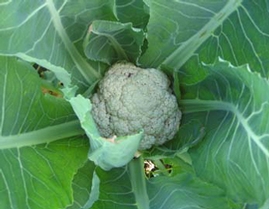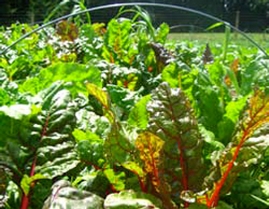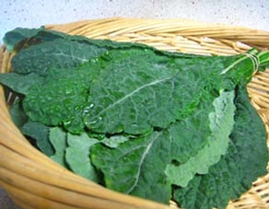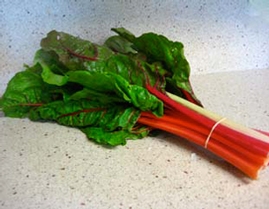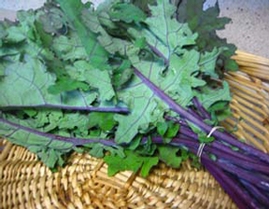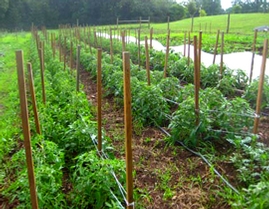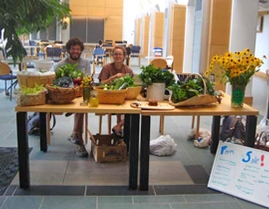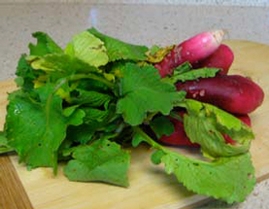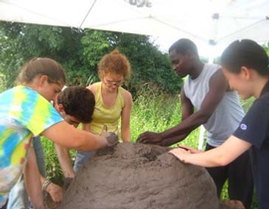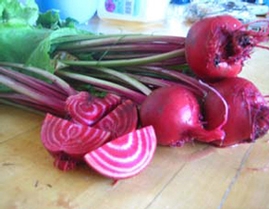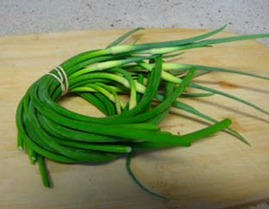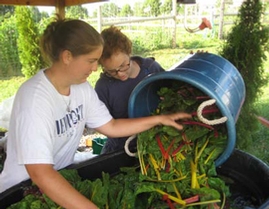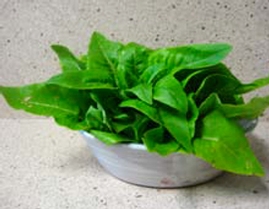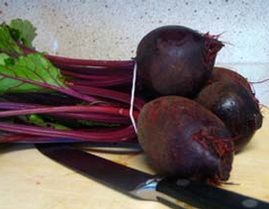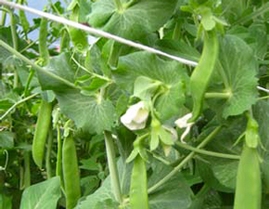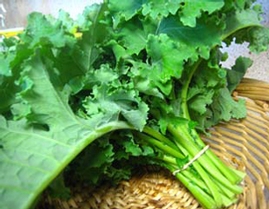Sales Management
- Farm Stand Procedure
- Delivery Procedure
- Invoices and Accounts
- Bon Appétit Protocol
- Communication with CoOp
Farm Stand Procedure
Materials
- Produce
- Cart (for transporting produce from the CoOp or the farm across campus to ELS. Four lugs of either size can fit on the cart, which is usually more than necessary, leaving room for baskets, bags, the cash box, and the white board.)
- Baskets (for putting the produce in at the stand to make a nice display) • Bags (for sales. Just save plastic grocery bags from the grocery store, or ask for people to bringyou their extras)
- Table (for the stand itself. Tables are down stairs in the basement of ELS. Often there are some out, but if not, they are kept in the basement storage closet. Find out who the custodian in ELS is at the time of the stand, so they can unlock the storage room door if it is locked. )
- Scale and weighing bowl (this is only necessary if selling produce that is sold by the pound)
- White board (for writing the prices of produce. Not necessary, but customers often like to know how much produce is before they decide what to buy. It is also a good place to put any
- announcements about farm happenings or upcoming events.)
- Cash box
- Pint/quart containers (only necessary if selling produce that is sold in these quantities) Times
- Summer: 4pm-6pm Tuesdays and Fridays (Most faculty and staff finish work at 4:30pm in the summer, and so this allows them to stop by the Farm Stand on their way home from work.)
- Fall: 12pm-1pm Fridays (During the school year, few students cook, and many faculty and staff rely on the delivery service, so the Farm Stand serves more to raise awareness of the farm and get people interested than for making a large number of sales, and the lunch hour is an ideal time to do this.)
- The stand takes half an hour to an hour to set up, so allowing an hour is best, just in case. It can never hurt to be set up early.
Location
Set up outside of ELS on the patio. (In front of the sunroom windows is a good location, but may not always be shaded. ) If the weather is less than ideal, set up inside. The table fits perfectly between the pillar and the wall just to the right of the door.
In the past, the Farm Stand has been set up down at the farm, and at the science center, but ELS seems to be the most convenient for the majority of people.
Arrangement
A nicely arranged farm stand
How the produce is arranged on the table is a matter of judgment, but there are some good guidelines to follow.
- Aesthetics are crucial - People are more likely to buy what looks nice. Be sure all the produce is well washed, and pay attention to diversifying size, and color in the display so it is not too monotonous. Once set up is complete, step back and look at it from a customer’s point of view.
- Use attractive containers - The farm has quite a collection of baskets of a variety of shapes and sizes for the farm stand. They make the display look much nicer than if the produce was just in buckets or lugs or in loose disarray on the table. Garage sales are a good place to get more baskets if needed at any point throughout the season.
- Use containers fitted to their task - Think logically! Use containers that will best display the most appealing part of the produce. Putting lettuce in a low flat basket where it will flop over and out is not as logical and will not look as nice as if it were put in a higher basket where it will look like a lettuce bouquet. Bright, big carrots should not be hidden under their greens in a deep dark basket, but should be displayed in a flat basket where the lovely roots can take center stage. If a product is being sold as a quart or pint, they should be put in their respective containers before the stand, and displayed in them. When choosing what basket to put what vegetables in, try to think like a customer.
- Group likes with likes - Put the same vegetables or vegetables of the same family together. For example, chard and kale, beets, turnips, kohlrabi, and radishes, and zucchini, summer squash and cucumbers can form three different groups.
- Wilted produce is bad - Display flowers and herbs in containers of water to keep them from wilting by the end of the stand. Greens can also be put in water, but it is not as crucial. The stand should always be set up in the shade to protect the produce. If a shady spot is not available, or if it is extremely hot even in the shade, set up inside in the air-conditioning.
Miscellaneous
Consistency in all aspects is very important. People get into patterns, and will work the Farm Stand into their routine if it is kept at the same time and location. Consistency of prices and quality is also important. It is better to sell out of something than to harvest too much. Selling out of a vegetable will encourage customers to come earlier and buy more, whereas harvesting too much will leave a lot of leftovers that can be too numerous to deal with, leading to waste.
Ideas for the Future
The Farm Stand is not perfected and there is always more that can be done. Below are some ideas that have been proposed in the past, but have not been realized.
- Make hand painted name and price plates for each vegetable to brighten up the stand and eliminate the white board.
- Advertise with posters all over campus, and potentially down into Clinton.
- Put signs pointing towards the stand at the end of Campus Road that people will see as they are leaving work, at the turn in to KJ directing people where to park behind ELS, and at the cross walk that people will see as they walk or drive up College Hill Road.
- Sell at the Clinton Farmers Market.
- Prepare food at the farm stand so people can get an idea of how to cook some of the more unusual vegetables.
- Sell time added products such as pesto, zucchini bread, dried herbs, and herbal tea mixes.
- (Zucchini bread has been done in the past with great success.)


